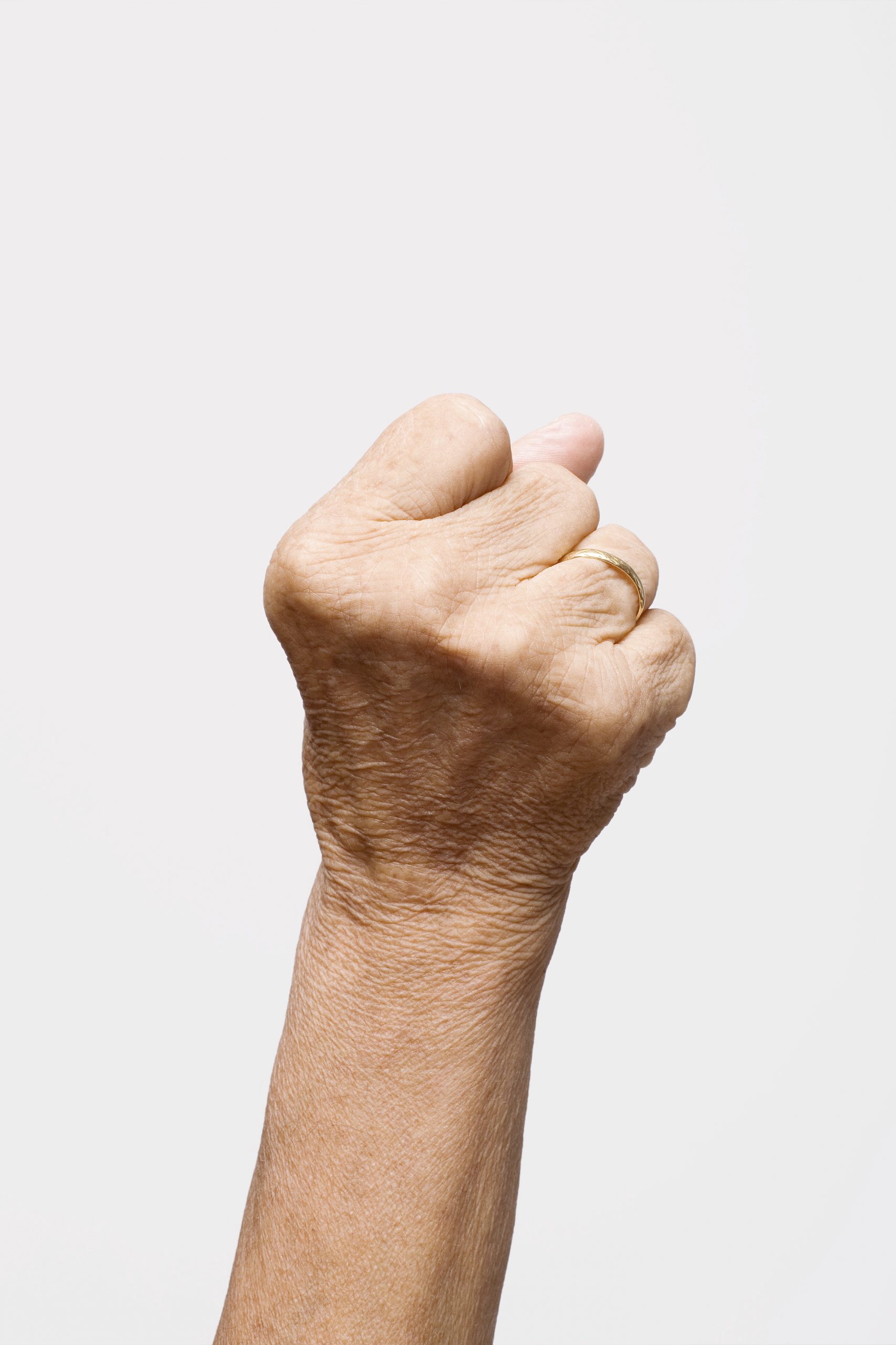Grandmothers Advancing Patient Safety
Last Thursday, I made a presentation about patient safety to about 200 senior citizens at The Women’s Club of Chatham. My mother lives there, a picture-perfect town at the elbow of Cape Cod, with an old-fashioned main street that hosts a Fourth of July parade. For a while she had been asking me to give a talk to the group, and when she provided possible dates, I couldn't refuse.
When I told the audience that preventable patient harm is the third leading cause of death in the United States, the highly educated crowd seemed shocked, as if they just heard that their family was the focus of the latest town gossip.
But as usual, I probably learned more from them than they did from me. One by one, they told stories of harm: a granddaughter who died from a pain medication overdose; a spouse who died from a misdiagnosis; a women’s club member who suffered a blood clot that went to her lungs; a daughter who had multiple operations and still is very ill, a year after acquiring a drug-resistant infection.
They also told stories of communication errors and of doctors who don’t like to be questioned. They remembered experiences of leaving the hospital scared, confused and uncertain. To be fair, they also told stories of excellent care delivery.
Like many patients, they wanted to know how to select an excellent doctor and hospital. I emphasized the importance of doing their homework, such as finding out how many times the doctor or hospital has performed the procedure the patient is considering. I pointed them to several websites that post transparent, valid measures of patient safety and quality, such as the federal government’s Hospital Compare, Consumer Reports, the Leapfrog Group and some state health departments. We discussed how perhaps the biggest red flag is a doctor who does not welcome being questioned, is reluctant to seek a second opinion or doesn't encourage patients to participate in their care.
Beyond making their own health care choices, these women wanted to mobilize and raise the profile of the patient safety problem. One woman, a member of Grandmothers Against Gun Violence, asked if we could start “Grandmothers Against Preventable Harm.”
As we talked and their energy soared, mine did too, though with a bit of shame. These women want safe, patient-centered care and they are willing to advocate for it. Yet the patient safety movement has not mobilized this army, tapped their wisdom or channeled their energy. Today, fifteen years after the Institute of Medicine issued To Err is Human, this group was unaware of this report or the extent of the patient safety problem that it exposed. Perhaps they saw their own personal experiences with health care as aberrations or strokes of bad luck, rather than products of larger systemic problems. They all suffered alone.
Those of us leading patient safety have been too insular. We have talked to each other but not to the public. The victims of preventable patient harm often die silently, one at a time. With some exceptions, we don’t have the high-profile disasters that grab headlines and spur policymakers to take action, such as airplane crashes. And although this public health problem is equivalent to two Boeing 747 airliners crashing every day, research funding for improving the safety and quality of care delivery remains paltry.Read More »Grandmothers Advancing Patient Safety

 The doughnut shop I pass on my drive to the hospital isn't the kind of place where you might expect to see outpourings of random kindness. It sits in the shadow of a raised highway, a few doors down from a bail bond business and a block away from a prison complex that resembles a medieval castle. One Sunday before Valentine’s Day, the line to get served there was long, checkered with homeless people—some of whom sleep under the highway to stay dry and protected from the wind—and more well-off people getting breakfast or bringing bagels or doughnuts to work or church.
The doughnut shop I pass on my drive to the hospital isn't the kind of place where you might expect to see outpourings of random kindness. It sits in the shadow of a raised highway, a few doors down from a bail bond business and a block away from a prison complex that resembles a medieval castle. One Sunday before Valentine’s Day, the line to get served there was long, checkered with homeless people—some of whom sleep under the highway to stay dry and protected from the wind—and more well-off people getting breakfast or bringing bagels or doughnuts to work or church.